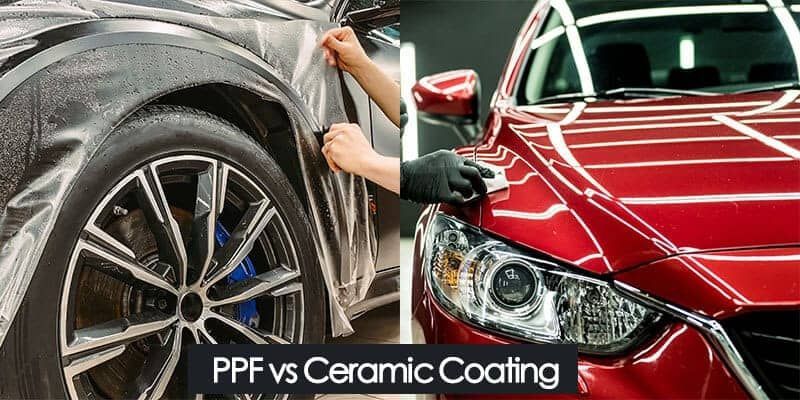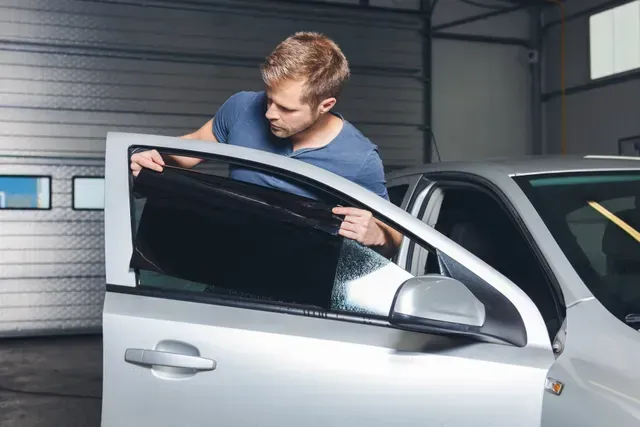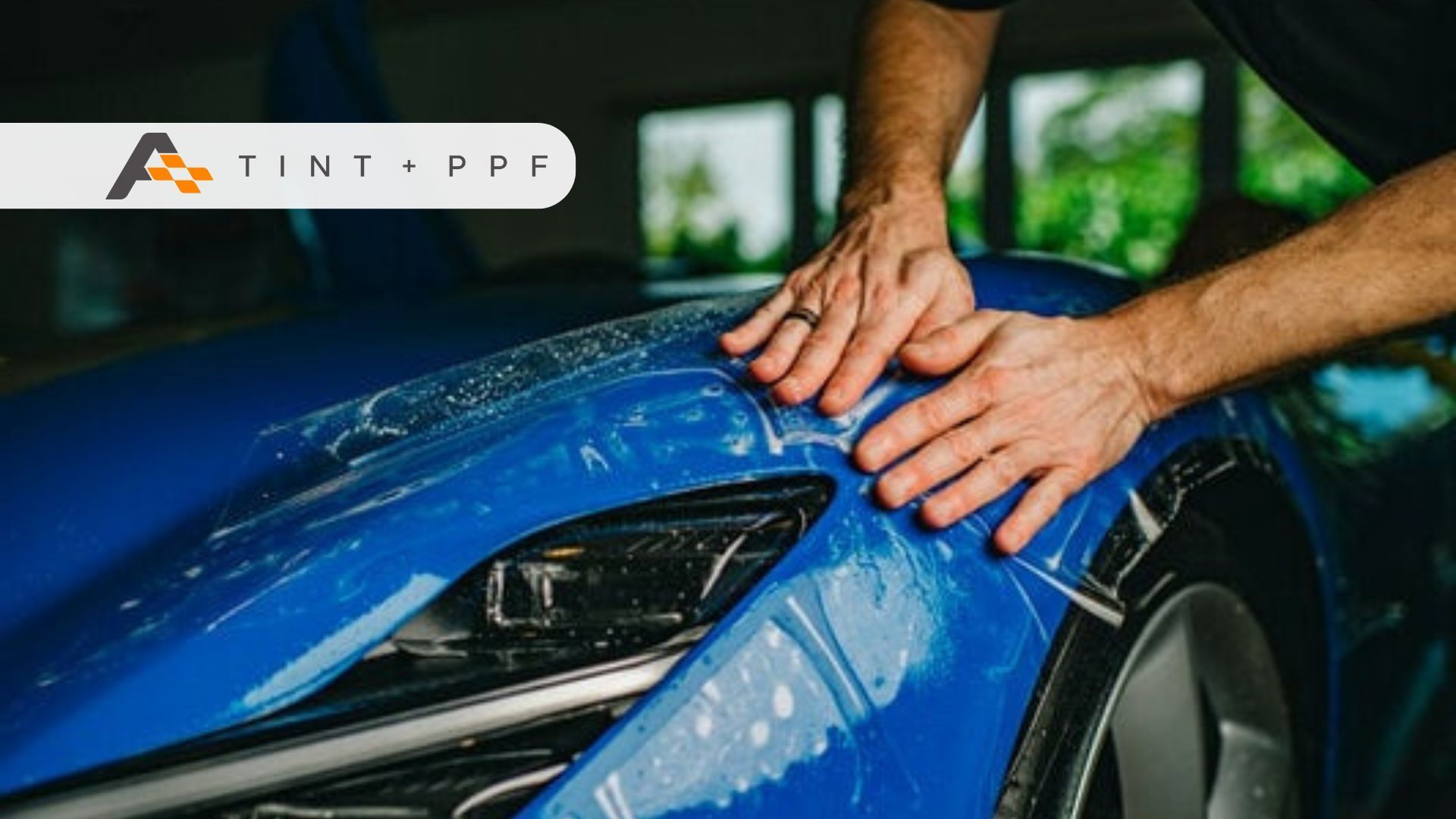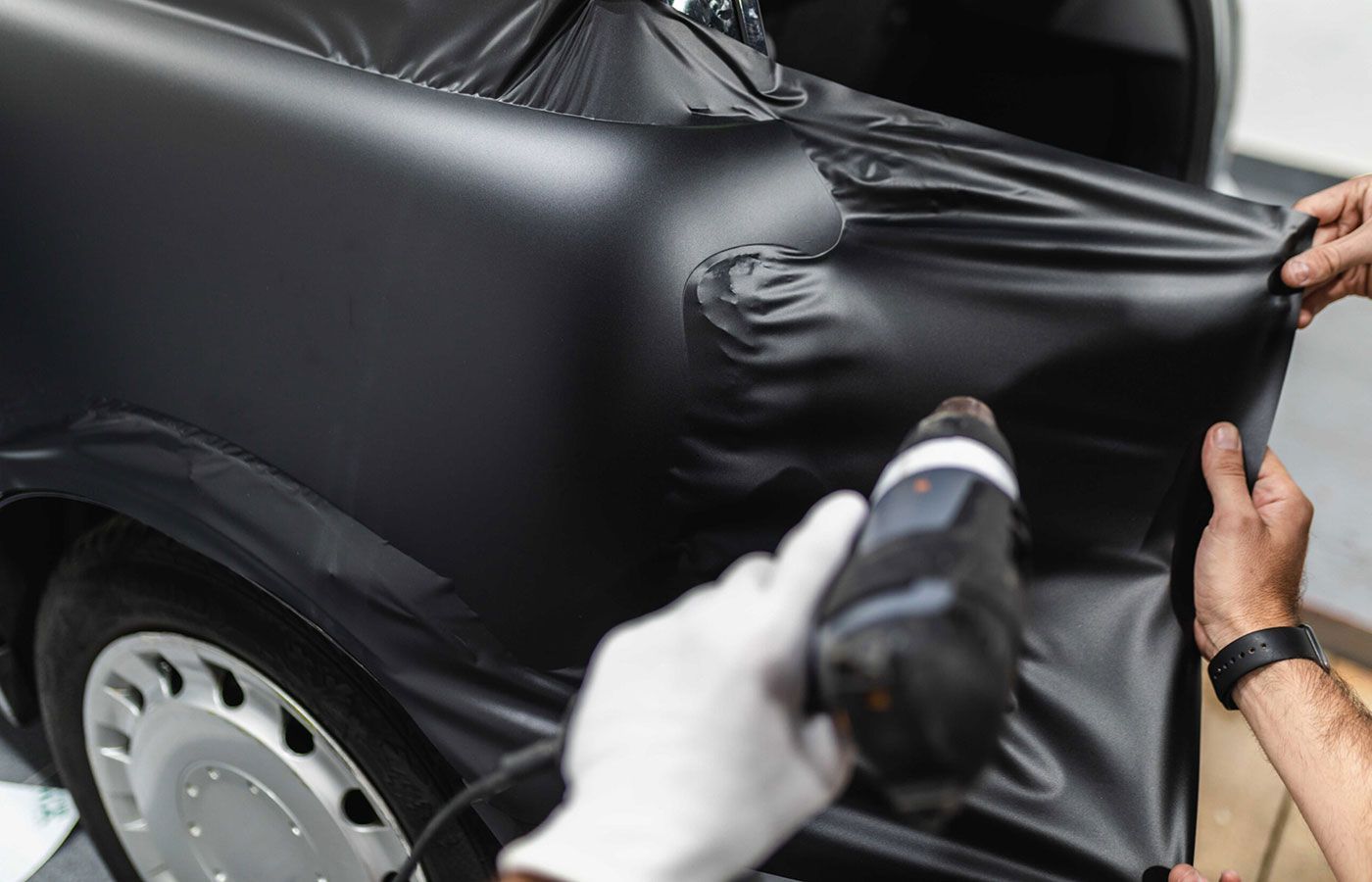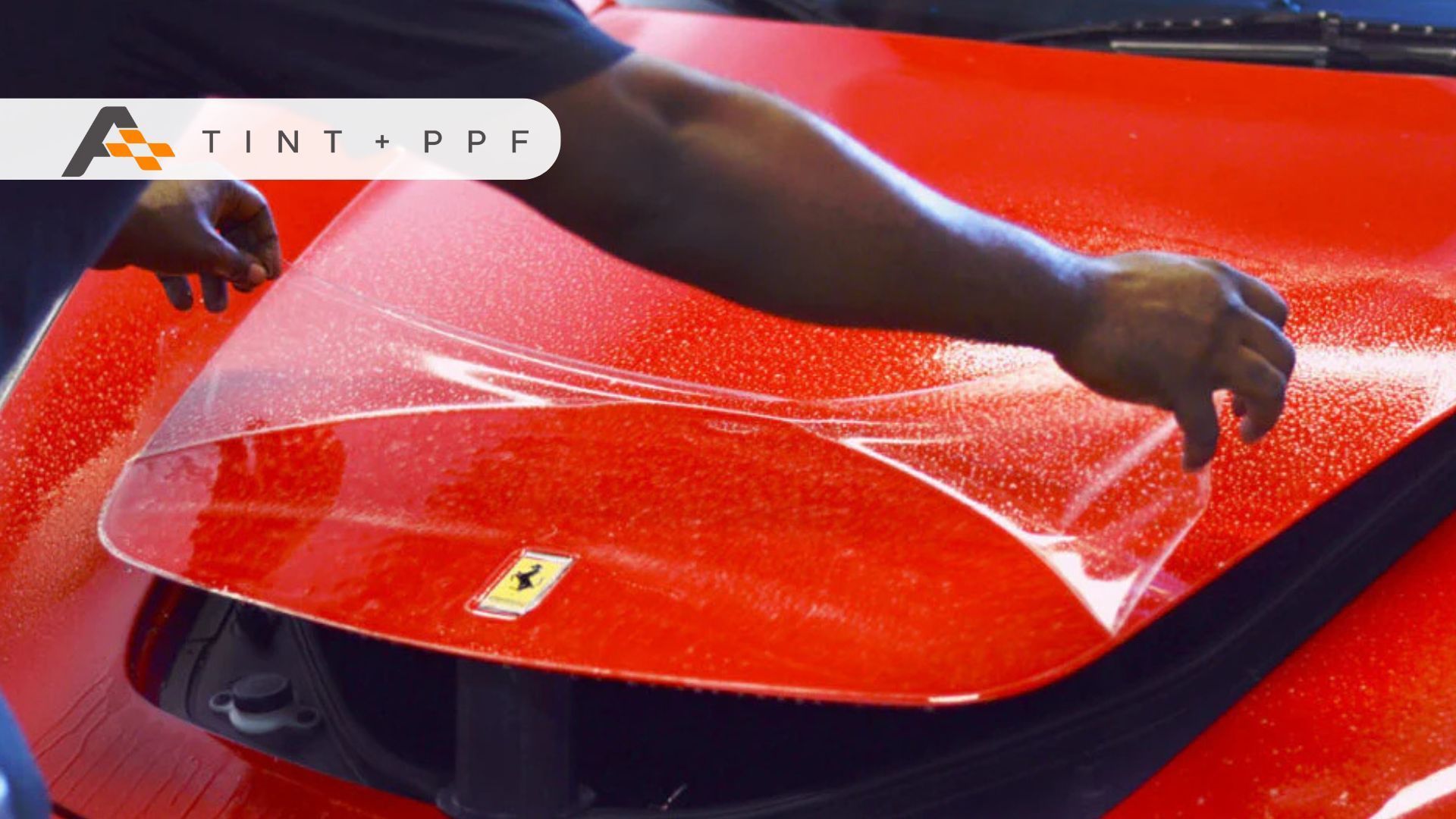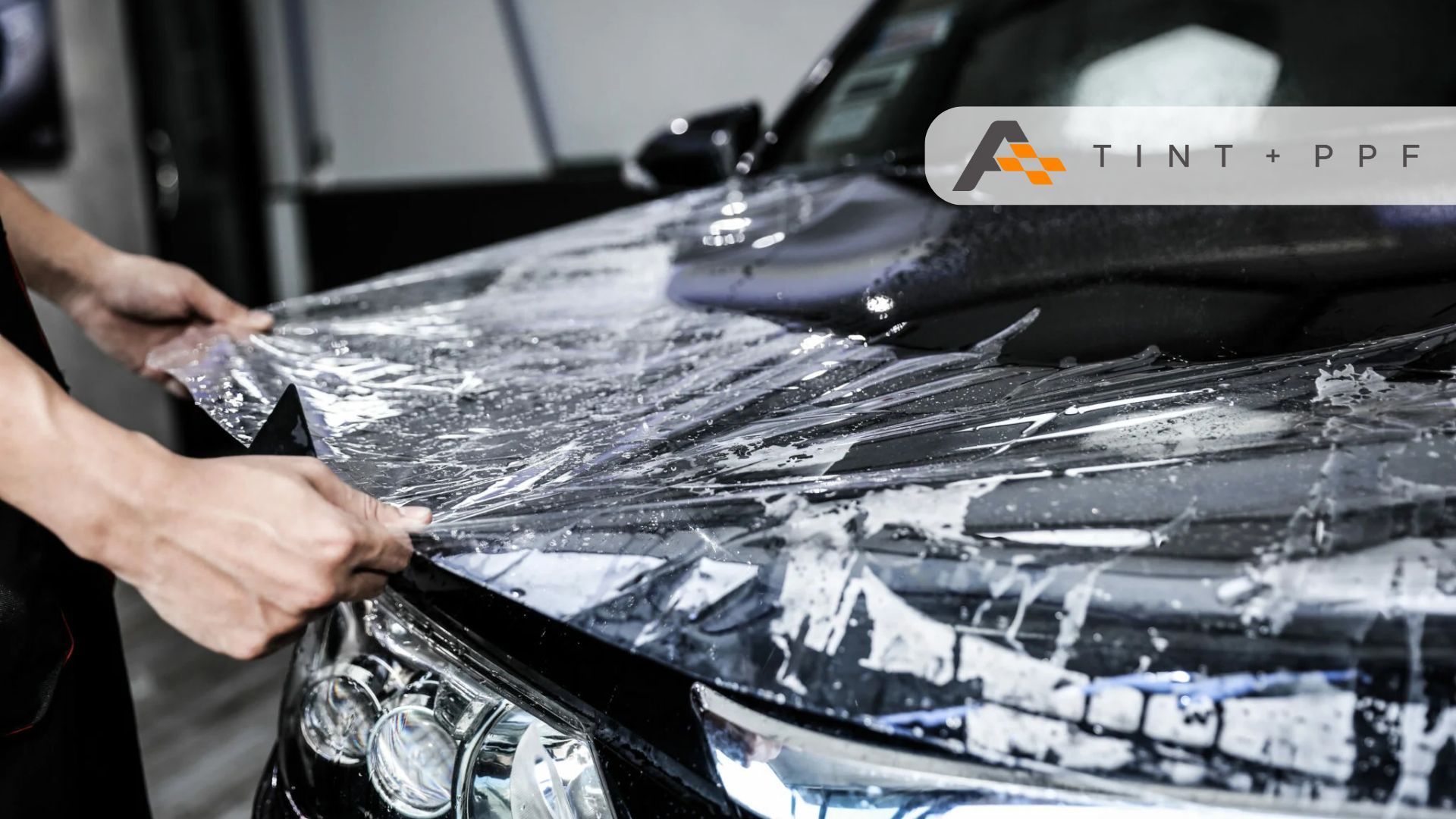Understanding the Legal Limits of Window Tint Darkness in Maryland
When I first moved to Maryland, I didn’t think twice about the tint on my car. It looked great, kept the sun out, and I figured that was all that mattered—until I got pulled over on Route 50 and learned that my out-of-state tint was too dark for Maryland law. That experience made me realize how important it is to understand local regulations when it comes to window tint.
At A-Plus Tint, we’ve had countless clients walk through our doors with similar stories. Whether you’re driving a Tesla with cutting-edge tech or a daily commuter car, understanding Maryland's tint laws isn’t just about avoiding fines—it’s about balancing comfort, visibility, and safety on the road.
In this article, we’ll break down the darkest legal tint allowed in Maryland, how local laws compare with surrounding states, and what you should keep in mind before scheduling your next tint installation.
What is the Darkest Legal Tint in Maryland?

Let’s get straight to it—what is the darkest legal tint in Maryland? The answer depends on which windows you're talking about and the type of vehicle you drive.
Window Tint Darkness Limits in Maryland (VLT %)
- Front Side Windows: Must allow at least 35% of visible light transmission (VLT).
- Back Side Windows:
- Sedans: Minimum 35% VLT.
- SUVs/Vans/Trucks: Can go darker than 35%, depending on factory tint and vehicle classification.
- Rear Window:
- Sedans: Minimum 35% VLT.
- SUVs/Trucks: May be darker in many cases.
The 35% rule for sedans is strict across the board—this means you need a film that allows more than 35% of light to pass through the glass. Go any darker, and you’re at risk of getting ticketed or failing inspection.
Why These Limits Exist
These regulations are in place to help:
- Ensure drivers have clear visibility at night.
- Allow law enforcement to see inside the vehicle during traffic stops.
- Prevent accidents due to low visibility in high-traffic areas (like I-95 or the Baltimore-Washington Parkway).
At A-Plus Tint, we always take the time to explain these rules to our customers—especially those bringing in
Tesla Window Tinting
requests. Teslas are known for their sleek factory glass, and it’s crucial to get the balance right between aesthetics and legal compliance.

How Maryland Tint Laws Compare to Neighboring States
If you live or work in Maryland, chances are you regularly cross into D.C., Virginia, or Pennsylvania—and that makes knowing regional tint laws even more important. Here’s a quick breakdown:
Virginia
- Front Side Windows: 50% VLT (stricter than Maryland!)
- Back Side/Rear Windows: 35% VLT
Washington D.C.
- Front Side Windows: 70% VLT (very strict)
- Back Side/Rear Windows: 50% VLT for sedans, darker allowed for SUVs
Pennsylvania
- Front Side Windows: 70% VLT
Back Side/Rear Windows: No limit for passenger vehicles, but front windows must stay light
As you can see, Maryland’s 35% limit is actually more lenient than some neighboring areas, but if you’re heading into D.C. or Virginia often, that tint that’s legal in Maryland might still get you pulled over elsewhere.
Penalties and Inspections: What Happens If You Go Too Dark
Window tint violations in Maryland might not seem like a big deal—until you’re pulled over and handed a fix-it ticket or worse, you fail your vehicle inspection. It happens more often than you think.
What to Expect
If your tint is darker than allowed:
You may receive a $50–$70 fine.
You'll likely be issued a Safety Equipment Repair Order (SERO), requiring you to remove or replace the illegal tint.
You’ll need to visit an authorized inspection station for verification once corrected.
Police officers in Maryland often carry portable tint meters. These devices measure the amount of visible light passing through your window (VLT%). Even if your tint looks “barely darker” to the naked eye, those few extra percentage points can trigger a citation. That’s exactly why we always double-check your vehicle’s factory glass and the combined VLT before we apply any film. At A-Plus Tint, we don’t guess—we test.

Choosing the Right Tint for Your Needs (That’s Still Legal)
Just because you’re following Maryland’s tint laws doesn’t mean you’re stuck with plain or underperforming films. Today’s tint options offer a wide range of features and styles while staying fully compliant.
Legal Tint Options You’ll Love
- Ceramic Tint: Exceptional heat and UV rejection with a clear, high-end look.
- Dyed Tint: More affordable, with decent glare reduction and a clean aesthetic.
- Metallic Tint: Reflective appearance with good heat rejection, but may interfere with electronics in some vehicles.
If you’re not sure what type of tint suits your car or your driving habits, we’ll help you compare options. Maryland drivers deal with humid summers, freezing winters, and heavy traffic, so the right film makes a big difference in year-round comfort.
Tesla Window Tinting in Maryland: Special Considerations
We get a lot of questions about Tesla Window Tinting, and rightly so. Teslas aren’t your average vehicle—they’re loaded with tech, feature advanced glass, and deserve a tint job that respects their design and functionality.
Why Teslas Require Expert Tinting
- Teslas use special laminated glass, and not all films adhere well or perform optimally on them.
- Dark tints can interfere with Autopilot sensors, backup cameras, and defrosting elements.
- Improper installation can lead to bubbling, peeling, or even electronic issues down the line.
That’s why Maryland Tesla owners come to us. We understand the balance between legality, aesthetics, and technology. Whether you're driving through the heat of a Columbia summer or commuting through Rockville traffic, we’ll make sure your tint performs as flawlessly as your EV.
We often recommend ceramic films for Teslas—especially for windshields and panoramic roofs—because they offer top-tier heat rejection without darkening the glass past Maryland’s legal limits.

Tips for Staying Compliant Without Sacrificing Comfort
Window tint isn’t just about looks—it’s about creating a comfortable, protected driving experience. And yes, you can absolutely do that while staying compliant with Maryland laws. Here are a few ways to make sure your tint is both smart and street-legal:
- ✅ Ask for your VLT reading. At A-Plus Tint, we always check the Visible Light Transmission (VLT) before and after applying film. We make sure your vehicle meets Maryland’s 35% minimum requirement—no guesswork involved.
- ✅ Keep your tint certificate in the glove box. Maryland law requires a certificate showing your tint’s VLT rating. It’s a simple way to avoid unnecessary issues during a traffic stop or inspection.
- ✅ Watch out for annual inspections. If you’re buying a used vehicle or moved to Maryland recently, check your tint before your inspection. Many out-of-state cars come with darker-than-legal tint.
- ✅ Work with a professional. A good installer (like our team here at A-Plus Tint) knows how to account for factory tint, choose the right film, and apply it correctly. That’s how we help you avoid future legal headaches.
Legal Doesn’t Mean Limiting
If there’s one thing we hope you take away from this article, it’s this: you don’t need to sacrifice style or comfort to stay legal. Whether you’re going for that sleek Tesla finish or just want to block out the Maryland sun on your daily commute, there’s a way to do it right.
Window tinting is about smart choices—choosing films that protect your interior, make your drive more enjoyable, and still pass inspection.
If you’re unsure about what’s legal or what works best for your vehicle, especially for newer models like Teslas, the team at A-Plus Tint is happy to walk you through it.
Contact us today for a free consultation or quote—we’ll help you find the perfect window tint that looks great, feels great, and keeps you on the right side of Maryland law.
A-Plus Tint & PPF
5.0 ⭐⭐⭐⭐⭐ 828 Google reviews
Window tinting service in Maryland


